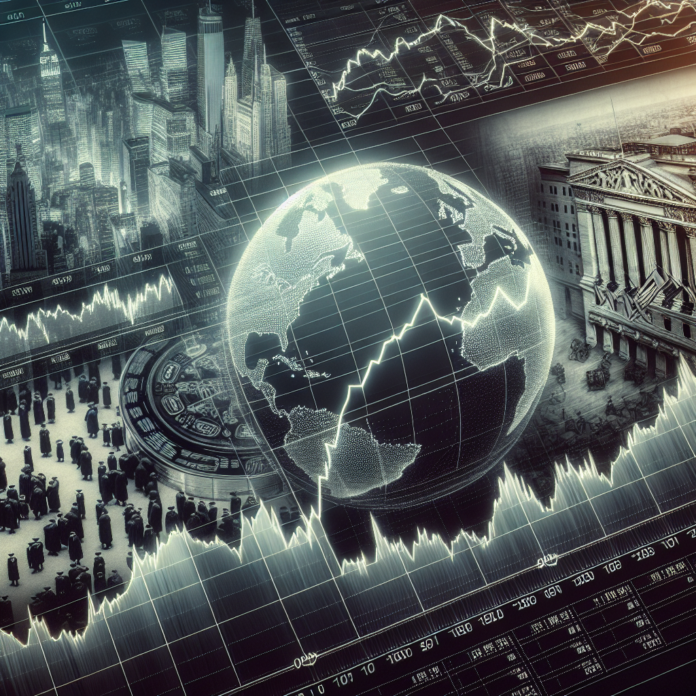Article:
The Dow Jones Industrial Average (DJIA), commonly referred to as the Dow, is not only a cornerstone of the American financial landscape but also a historical ledger of industrial progress. Since its inception in 1896 by Charles Dow, the index has evolved significantly, reflecting the changing face of the American economy over the decades. From its early days mapping the industrial might of the nation to its current composition that encapsulates modern global enterprises, the Dow’s journey mirrors pivotal shifts in business and technology.
A Century of Industrial Titans
The original Dow was composed of just 12 companies, grounded in heavy industry and railroads, epitomizing the U.S. as an emerging industrial powerhouse. Names like General Electric (GE) were synonymous with the Dow, and GE‘s recent exit after more than a century on the index signifies the changing tides.
Technology Takes the Wheel
The latter half of the 20th century saw a seismic shift as technology and consumer services started to displace traditional industrial firms. IBM, a tech pioneer, joined the Dow in 1979, evidencing this transition. Today, the index is spearheaded by tech behemoths like Intel and Cisco, testimony to the digital revolution redefining business paradigms.
Financial Services and the Modern Economy
The Dow’s composition further diversified with the inclusion of financial services firms like JPMorgan Chase & Co. This sector’s expansion in the index parallels the rise of financialization in the U.S. economy, where finance has gained significant influence in corporate governance and wealth creation.
- JPMorgan Chase & Co.: JPMorgan Chase
Evolving with Consumer Trends
Consumer behavior has long been a driving force in the economy, and the Dow reflects this. From the entry of Coca-Cola in the late 1980s to the more recent inclusion of Walgreens Boots Alliance in 2018, the index showcases companies that have their pulse on consumer trends and the global retail market.
The Dow’s Methodology: Adaptation and Relevance
The DJIA’s methodology has also evolved. Unlike market-cap-weighted indices like the S&P 500, the Dow is price-weighted, meaning companies with higher stock prices have a greater influence. This unique approach has been the subject of criticism and praise but remains a testament to the index’s enduring relevance.
Conclusion: A Mirror to Economic Transformation
From its industrial roots to the current digital landscape, the Dow Jones Industrial Average has chronicled the narrative of American business for over a century. As industries rise and fall, so do the companies that comprise the Dow. Yet, the index remains a trusted emblem of the economy’s health and a testament to innovation and resilience in the corporate world. It stands not just as a financial metric, but as a historical document charting the course of American enterprise through time.




 AGF-B.CO
AGF-B.CO